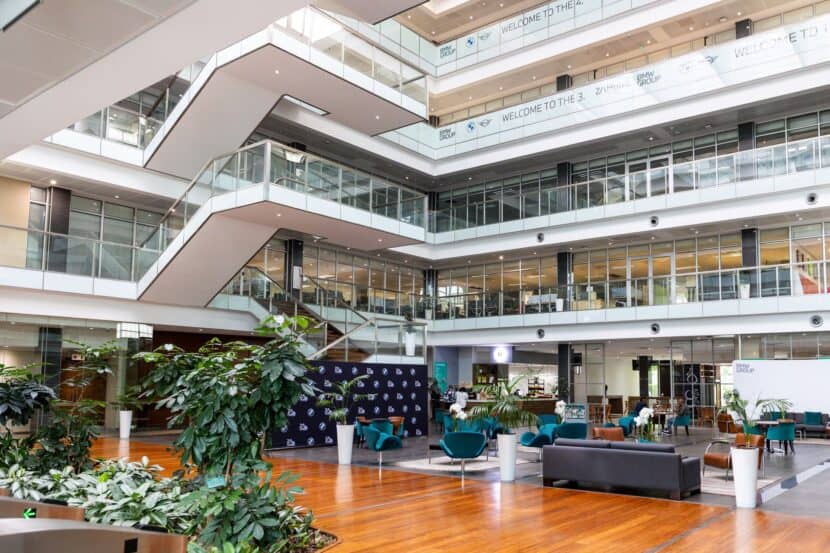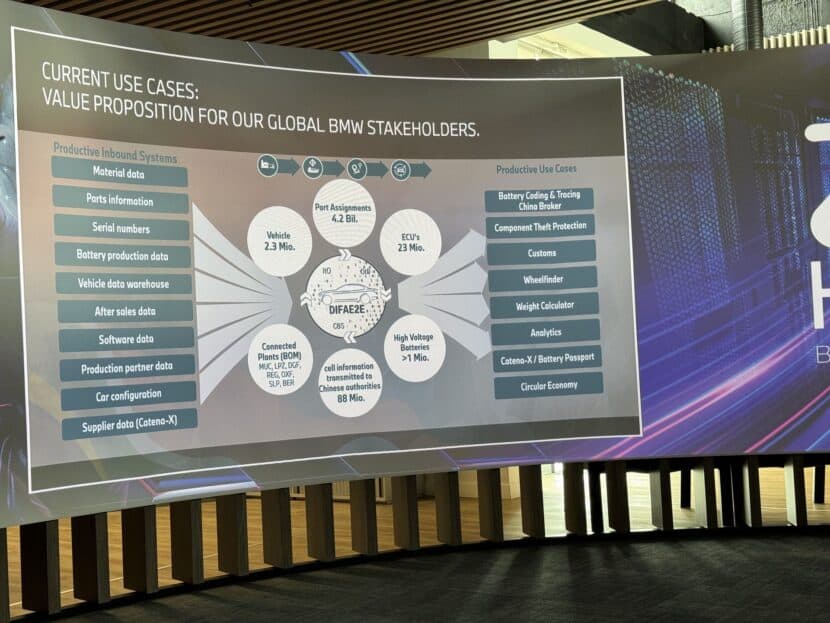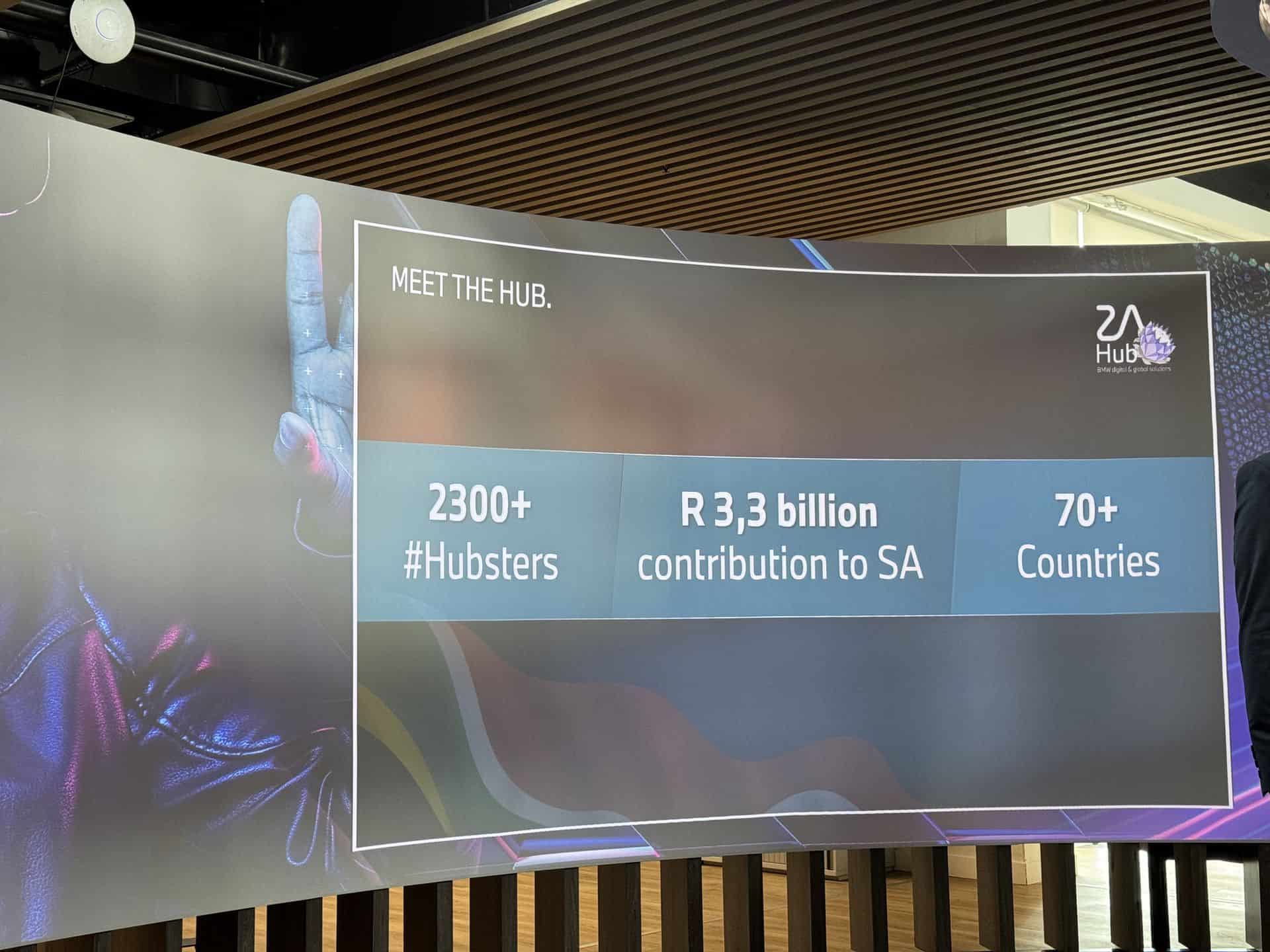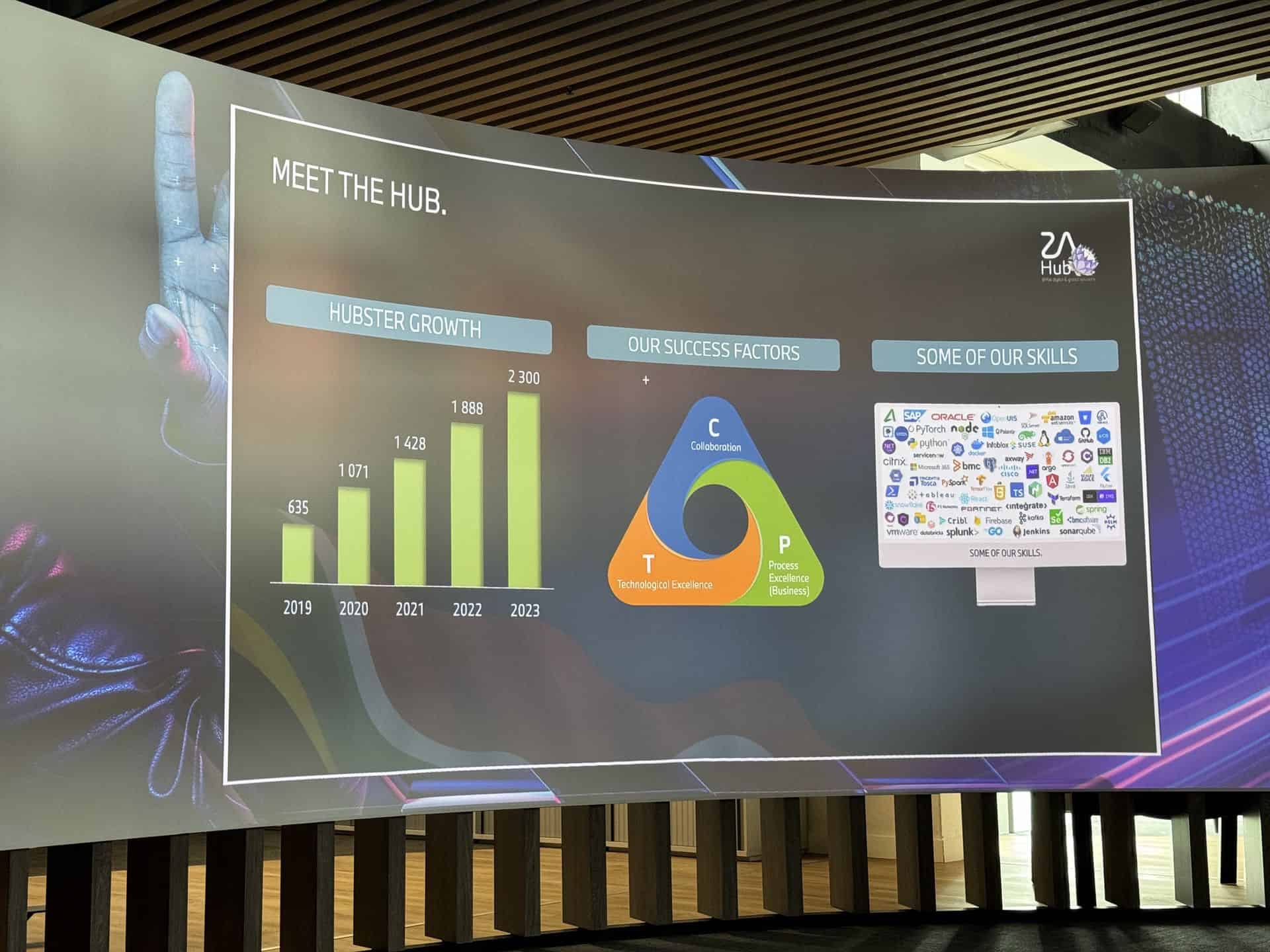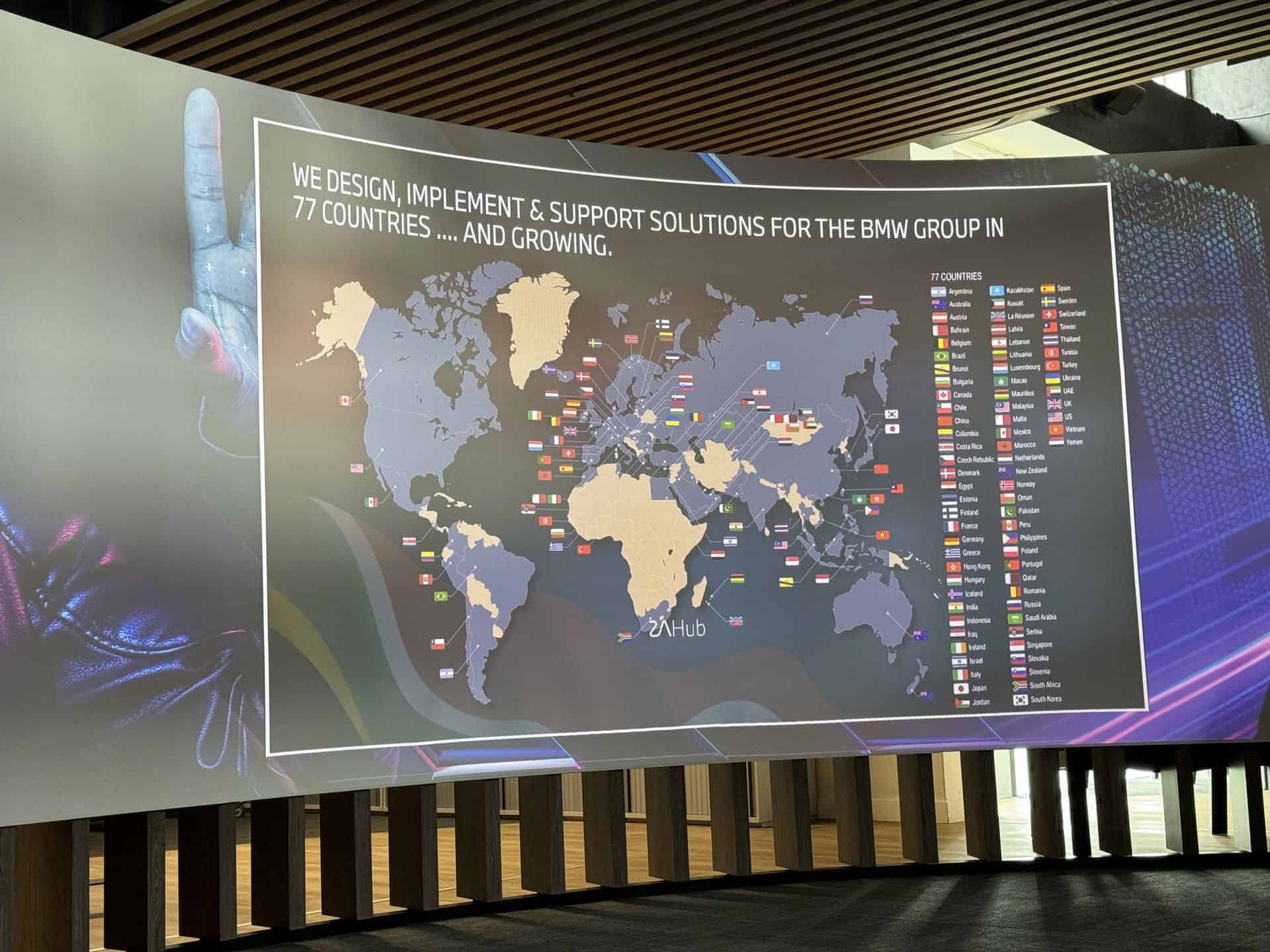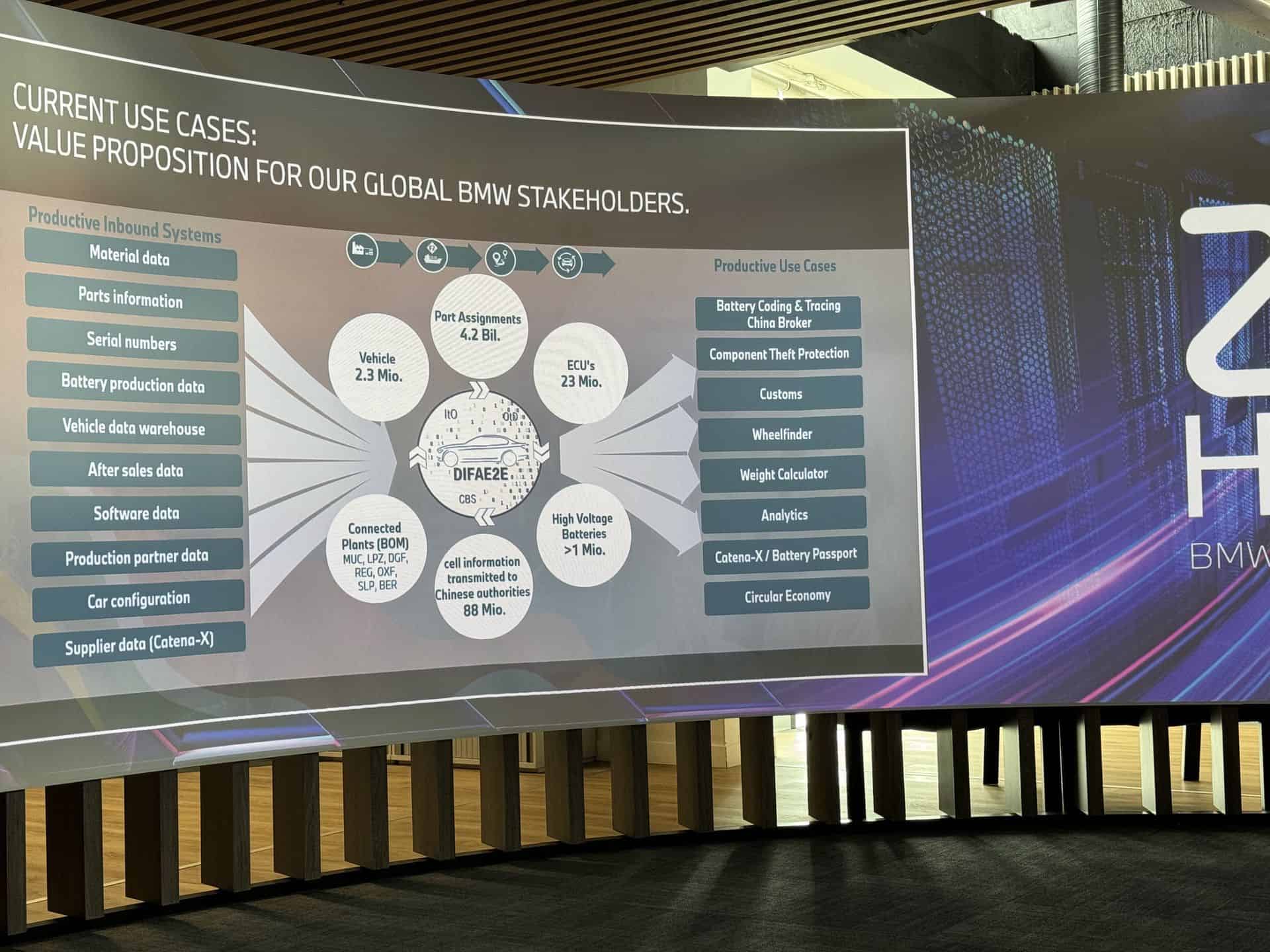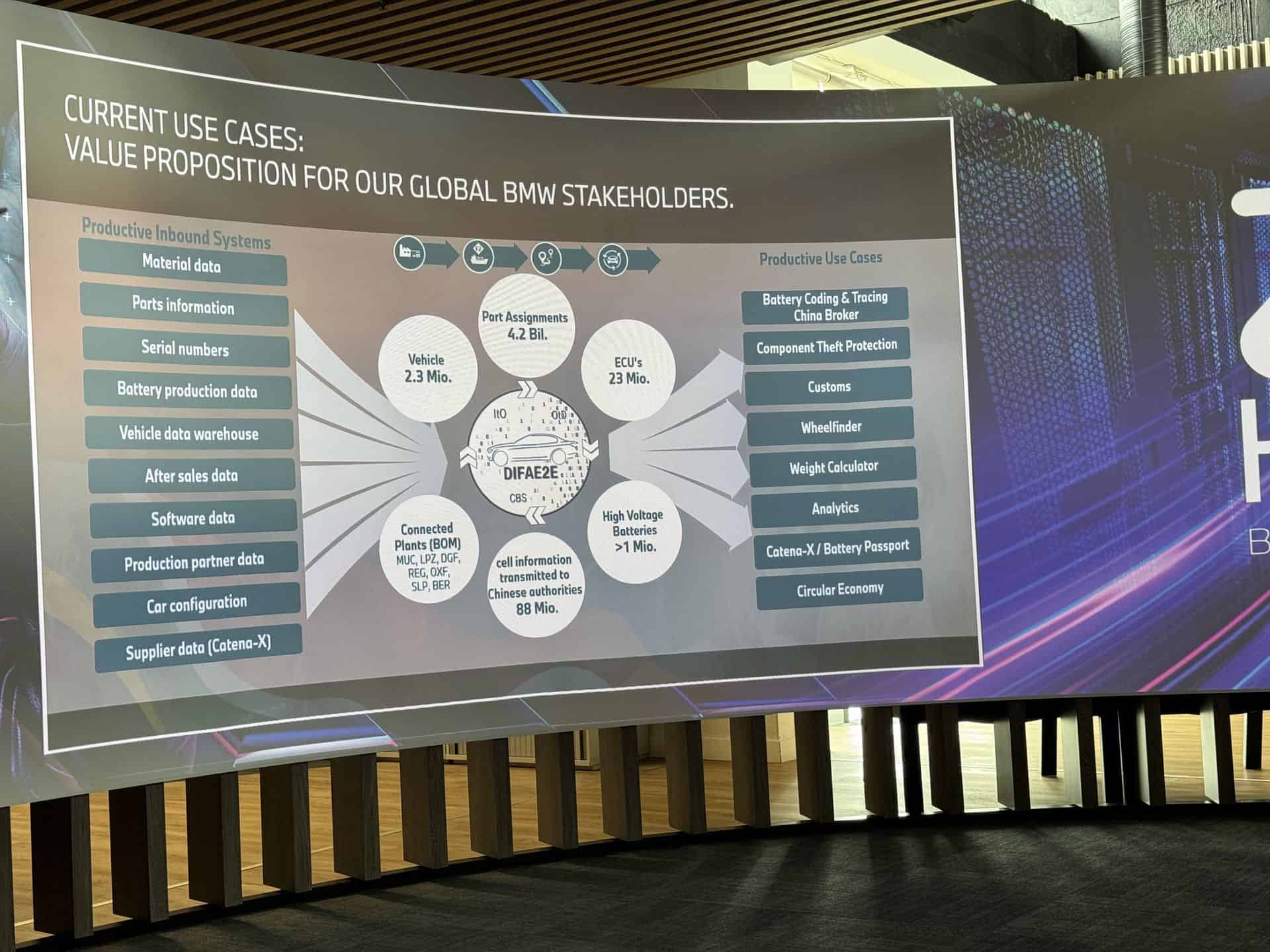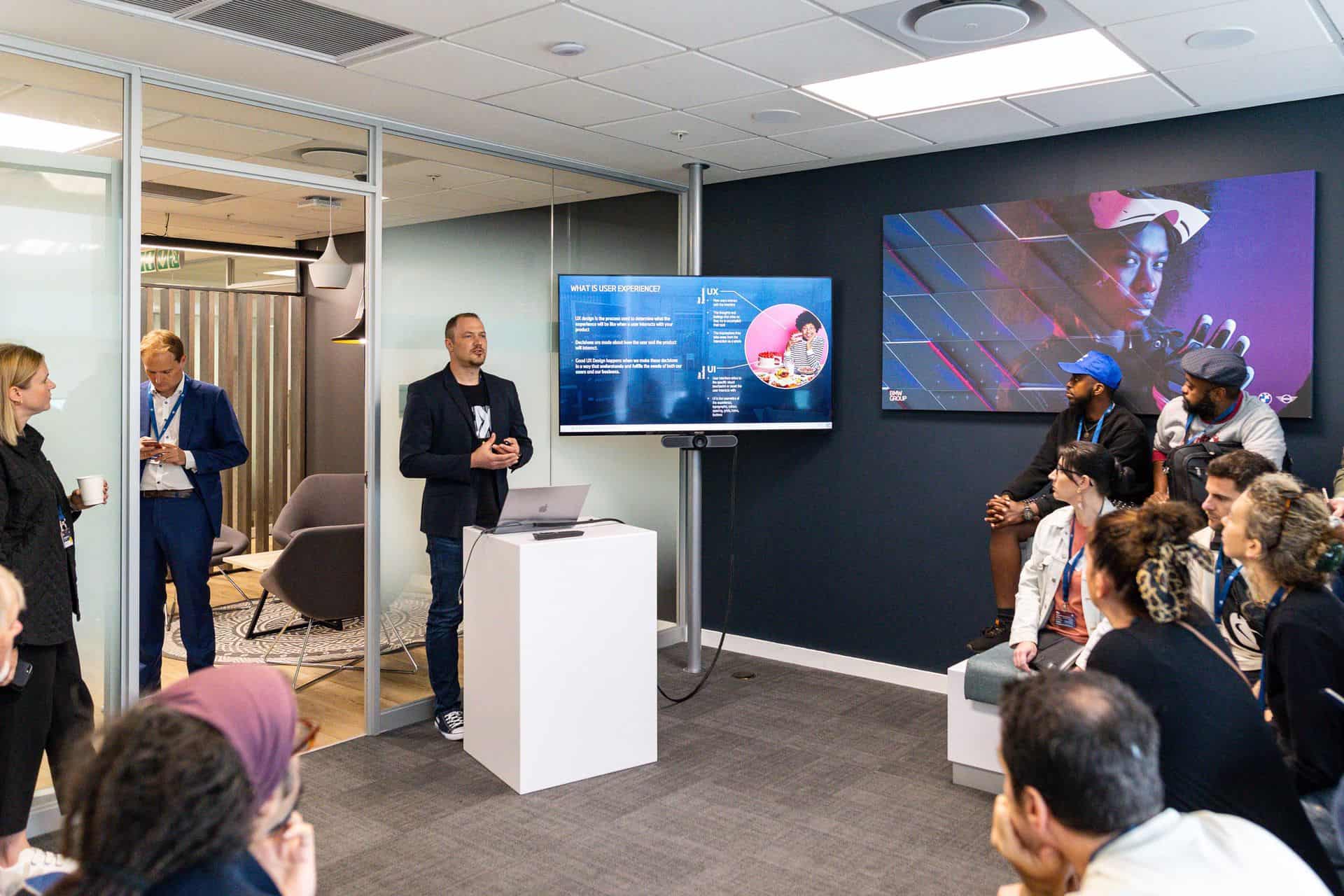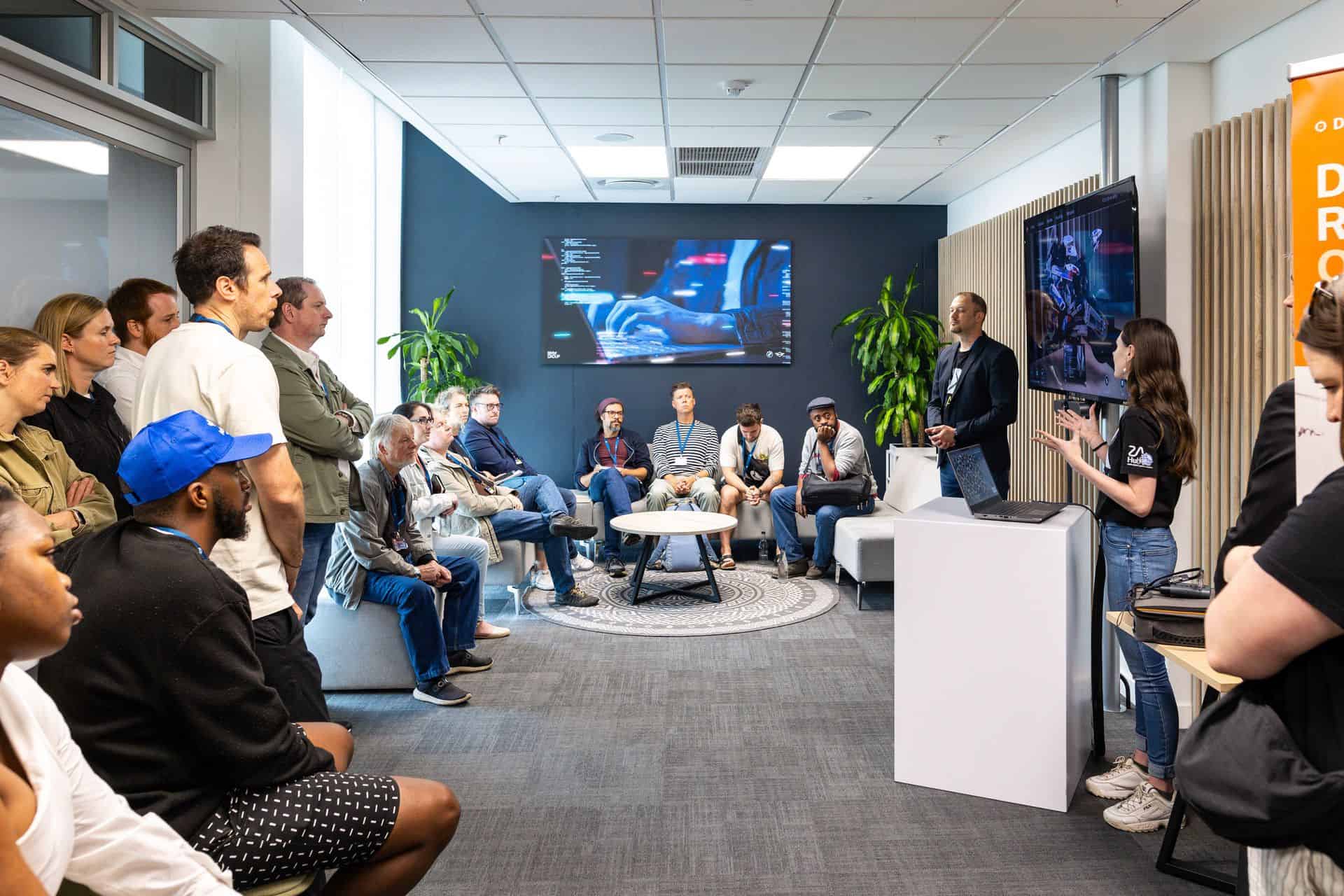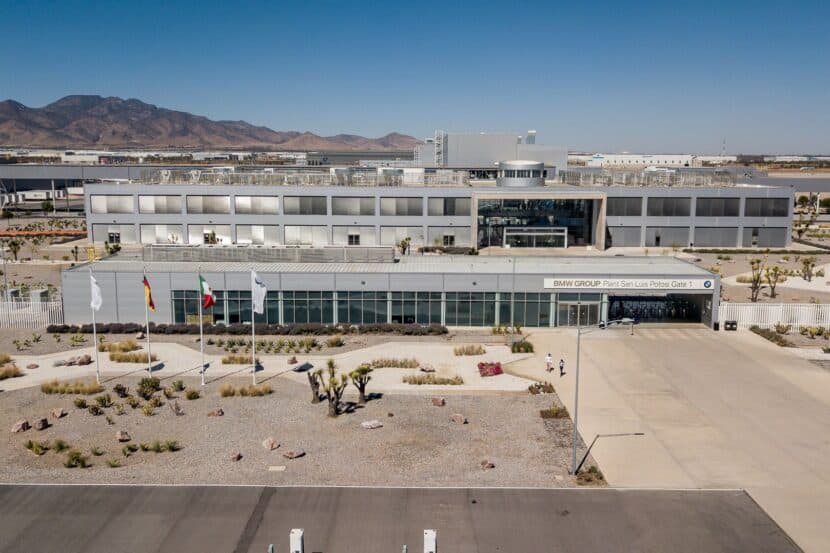Our next stop in our South African trip takes us to Pretoria to visit a BMW Digital Hub. Opened in 2024, BMW Group IT Hub South Africa is the oldest and largest of three IT Hubs within the BMW Group. Known as the ZA IT Hub, the digital hub was conceived several years ago in response to the escalating demand for IT professionals in Munich. The capital of Bavaria faced a severe talent shortage due to the rapid pace of digitalization. The decision to establish the hub in South Africa was driven by the need to diversify and broaden the network, leveraging the international presence of the company. With operations spanning 77 countries, the hub plays a pivotal role in delivering BMW’s services to a worldwide audience.
The ZA IT Hub handles the development of internal BMW systems and digital platforms and is involved in all core BMW Group business processes, finance and sales. Initially, the South African IT office offered limited SAP services to the BMW Brilliance Automotive JV in China. It started with 134 employees in 2014 and reached 635 employees in 2019 . Today, there are more than 2,300 employees in the hub.
“Collaboration is a cornerstone of the hub’s success,” Thorsten Achenbach as director of digital and global solutions told media during an office tour. “Beyond just being a center for delivering services, the hub actively engages in collaborative efforts with Munich and other German locations. The emphasis is on a two-way exchange of knowledge, where employees from South Africa spend time in Munich to understand BMW processes, and vice versa,” he added.
Despite being a major employer in the area, the BMW ZA IT Hub is still facing difficulties attracting top talent. To mitigate that, the hub employs innovative recruitment strategies, such as the “tech talent day,” where potential hires are brought together for a weekend of integration. This approach enables the company to assess not only technical skills but also how well candidates integrate into the team, streamlining the hiring process.
Introducing the BMW Digital Twin
The BMW Digital Twin involves creating a digital representation of each physical vehicle produced by BMW, capturing and integrating data throughout the vehicle’s entire lifecycle. This digital counterpart, often referred to as the “digital twin,” encompasses information about the vehicle’s hardware, software, and various features. The initiative aims to leverage this digital representation for a variety of purposes, with a particular emphasis on contributing to the circular economy and addressing sustainability challenges in the automotive industry.
Use Cases and Applications
The BMW Digital Twin involves collecting data from various sources, including production systems, internal databases, and potentially external suppliers. One of the primary goals of the Digital Twin is to contribute to BMW’s sustainability targets and promote the circular economy. By documenting the materials and components of each vehicle, the digital twin enables informed decision-making regarding recycling, reusing, or repurposing materials, thereby reducing environmental impact.
Imagine a use case where you can have granular data about the battery’s chemical composition, including detailed state of charge information, and then using that data to recommend it for a secondary use or sending it to a dismantling center. Other use cases range from meeting regulatory requirements for vehicle exports (China, for example) to contributing to sustainability goals. By documenting the materials and components of each vehicle, the digital twin enables informed decision-making regarding recycling, reusing, or repurposing materials, thereby reducing environmental impact.
The BMW Digital Twin explores the integration of artificial intelligence (AI) to enhance decision-making processes, especially at the end of a vehicle’s life. Potential future capabilities include creating forecasts of the monetary value of vehicles based on their materials, enabling better resource management. Neue Klasse will be at the center of the Digital Twin after it arrives in 2025.
The Impact of the ZA IT Hub on the Community
Achenbach also underscores the voluntary contributions made by employees toward social causes. Whether it’s collecting clothes for donation or supporting local schools, employees actively participate in initiatives that extend beyond the scope of their professional duties, showcasing a commitment to corporate social responsibility. According to Achenbach, the ZA IT Hub contributed 3.3 billion Rand (approx. $176 million) to the South African economy in 2023.
In addition, the hub is involved in educational initiatives. Achenbach mentions the involvement with the Harambee Foundation, highlighting the hub’s role in educating and preparing individuals for the workforce. The hub’s impact is not solely measured in business metrics; it extends to the broader community. Through environmental initiatives like tree planting and support for a rhino orphanage, the hub demonstrates a commitment to making a positive impact on both society and the environment.
The IT Control Center
The ZA IT Hub control center handles various issues, from printer and application problems to server or infrastructure issues. The IT Control Center operates 24/7 in three shifts and supports multiple languages, including German, English, and Spanish. The support team follows a two-level resolution process, with the first level being a quick fix from their knowledge base and the second level involving specialists analyzing and resolving tickets. To deal with the daily load shedding, the IT Control Center runs on backup generators which ensure a continuous operational program.
They also mentioned proactive monitoring to identify and address issues before they cause production stoppages. Additionally, Sonichu discussed the center’s involvement in a youth program, collaborating with schools to train graduates and integrate them into the IT support team.
Finally, the presentation included a map illustrating the locations supported by the IT Control Center, emphasizing their continuous availability for support. The office will soon be restricted for external tours due to security reasons. The presentation concluded with an invitation for questions.
The Youth Program
The IT Control Center of the ZA Hub collaborates with schools, including the Pretoria German School and the Driehoek German School, for a Youth for Youth Program. The center enrolls graduates from these schools into the control center, providing them with training, exposure to processes, and participation in IT courses to enhance their skills.
UI/UX For The World
Our final leg of the office visit takes us through the UI/UX departments where we get a look behind the scenes at the design operations particularly highlighting their collaboration with team members from Germany, Portugal, and South Africa. The team’s responsibility is to ensure that all product teams adhere to the correct principles in UX design for all global markets.
A ZA IT Hub engineer explains that their focus is on creating business solutions for internal employees. For example, they utilize Eye Tracking technology to understand the user journey through the software they develop. The process involves tasks designed by the software development team, eye tracking studies with a target audience, and usability tests. The collected data, including eye tracking results, is used to create reports with actionable recommendations for improving software quality.
Essentially, a pair of glasses equipped with infrared lights and cameras are tracking the reflection from users’ pupils. A live demo showcases the infrared lights and the resulting data on a heat map, indicating areas of intense fixation. The importance of heat maps lies in understanding where users concentrate their gaze. This information helps identify whether crucial elements, such as a submit button, are getting attention.
Of course, this is just one of the many areas of expertise within the hub, but from a non-tech media perspective, this is a more interesting one and easier to digest than hardcore tech topics.
As we wrap up the tour, one thing becomes clear: beyond the apparent business benefits for global markets, the BMW IT Hub holds a personal mission. It’s not just about advancing in the tech realm; it’s about making a difference in South Africa’s social fabric. This means not only equipping young South Africans with vital IT skills but also preparing them for the challenges of tomorrow’s job market. Moreover, there’s a heartfelt commitment to tackling the concerning unemployment rates among those aged 18-34, turning this initiative into a meaningful effort that goes beyond corporate boundaries.



